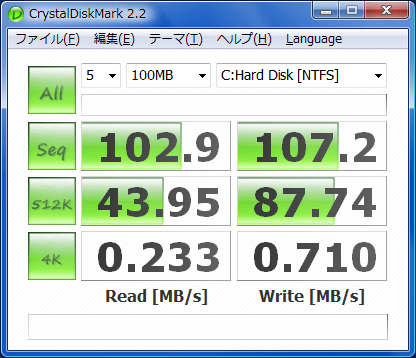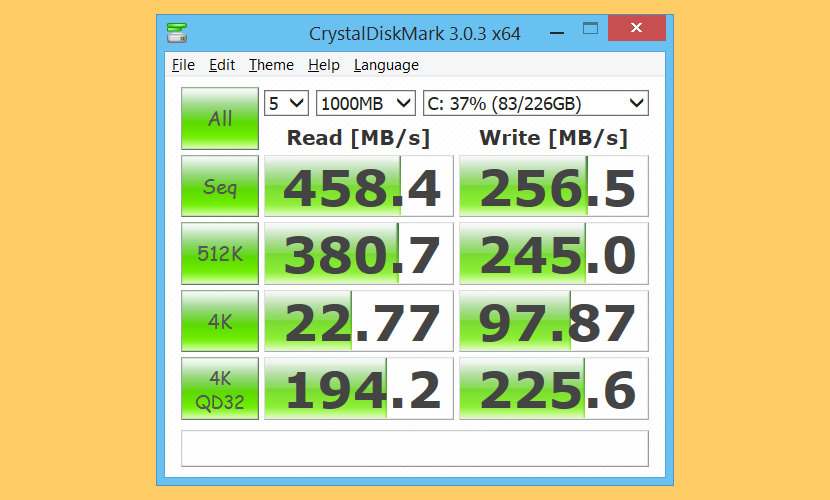
What will happen when faced with pending and/or reallocated sectors is that they use to grow. And when deleting the file and upon reallocation of the freed sectors/blocks/clusters the remapping will hide the defective sector anyway once the next write transaction occurs. Once reading a drive fails your operating system will probably update it's list of bad blocks. You can check your existing files on your broken drive if they are readible. So you are only left with reading your drive. So there is no use for your procedure when writing. When writing to a drive with defective sectors, defective sectors will be remapped as long as there are spares available.

Your strategy is useless as it won't protect you against data loss. I would normally throw away a disk with errors, but as it's 1TB, even 90% is very useful.Īny ideas on what tools I can use? I can use Windows or Linux, not particularly fussed.

I'd prefer to keep the data on the disk intact, but can make backups & restore if needed to get a good result.

I had the idea of mounting the drive in a laptop and then booting from a USB stick and running something to scan & mark the bad areas on the disk. I have a 1TB Samsung SATA hard drive on USB that I use for non critical copies & general work with read errors on a part of the disk and want to mark that area of the disk as 'bad blocks', or whatever the correct terminology is, so that data does not get written to that area in future. Apologies if this is already covered, please post a link if so.


 0 kommentar(er)
0 kommentar(er)
